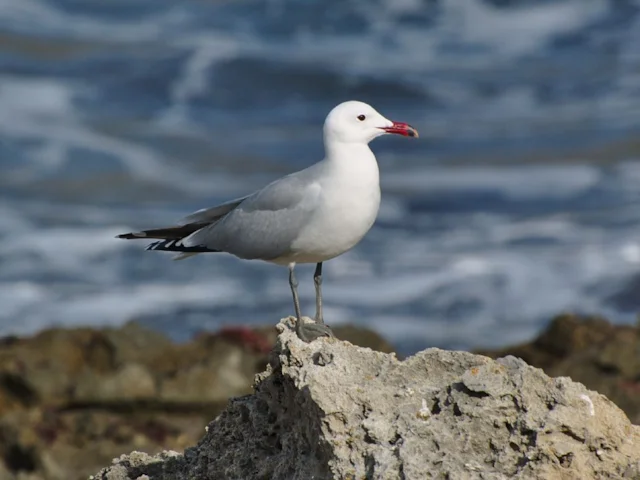Audouin's Gull, an EU Birds Directive triumph
838a7d1b-6b8c-4425-a39d-153d0bbc38be

As conservationists argue for the EU Birds Directives not to be watered down, Audouin's Gull has emerged as just one example of the legislation's success.
Marine wildlife in Europe has long been suffering because of human activities. Although there is a lot of work still to do, there are many stories that show that all the Nature Directives work when they are put to good use.
Of the 20 breeding species of gull in Europe, one in particular is unlike most of its more familiar cousins because it rarely scavenges. Audouin’s Gull, which is only found in the Mediterranean, is a specialist coastal and pelagic fish-eater.
It was one of the world's rarest gulls in 1975, with only 1,000 pairs. Protection under the Birds Directive led to the creation and implementation of a European action plan which has helped secure its survival, especially in Spain.
Several projects were implemented that contributed to successful re-colonisation of breeding islands and the control of invasive Black Rats which were predating colonies. Now, with the most recent assessment of the European birds (the European Red List of Birds), Audouin’s Gull has the lowest level of extinction risk with around 21,000 pairs.
However, there is reason for caution. Although there has been much improvement, particularly in Spain, more still needs to be done across the Mediterranean region to ensure that the species continues to survive. Methods of implementing safe fishing gear to stop fishermen from accidentally catching gulls in their fishing lines and nets are particularly needed, and the directives will continue to provide legal reason to continue with the species' conservation measures.
Marine wildlife in Europe has long been suffering because of human activities. Although there is a lot of work still to do, there are many stories that show that all the Nature Directives work when they are put to good use.
Of the 20 breeding species of gull in Europe, one in particular is unlike most of its more familiar cousins because it rarely scavenges. Audouin’s Gull, which is only found in the Mediterranean, is a specialist coastal and pelagic fish-eater.
It was one of the world's rarest gulls in 1975, with only 1,000 pairs. Protection under the Birds Directive led to the creation and implementation of a European action plan which has helped secure its survival, especially in Spain.
Several projects were implemented that contributed to successful re-colonisation of breeding islands and the control of invasive Black Rats which were predating colonies. Now, with the most recent assessment of the European birds (the European Red List of Birds), Audouin’s Gull has the lowest level of extinction risk with around 21,000 pairs.
However, there is reason for caution. Although there has been much improvement, particularly in Spain, more still needs to be done across the Mediterranean region to ensure that the species continues to survive. Methods of implementing safe fishing gear to stop fishermen from accidentally catching gulls in their fishing lines and nets are particularly needed, and the directives will continue to provide legal reason to continue with the species' conservation measures.

